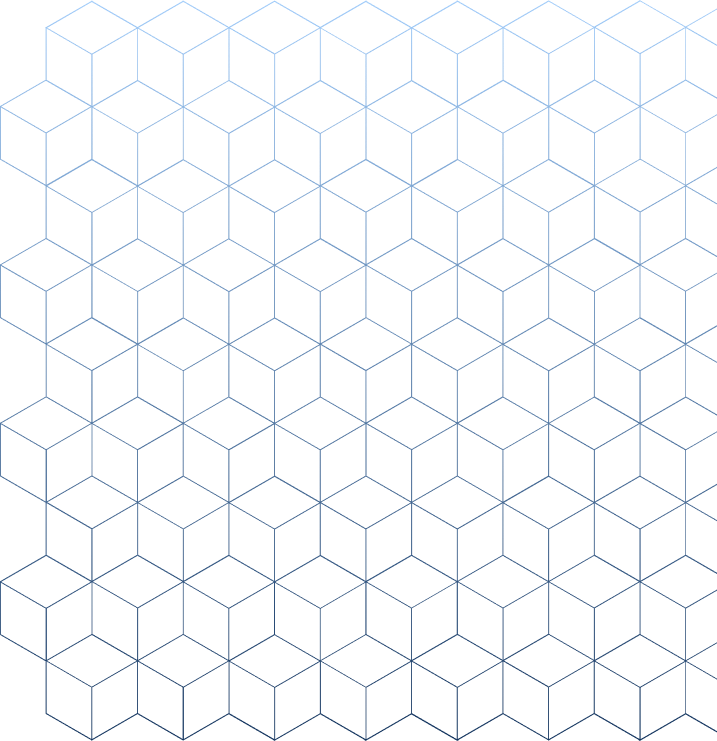


The results
of our research
The Application of Mixed Reality in Root Canal Treatment
Damian Dolega-Dolegowski, Magdalena Dolega-Dolegowska, Agnieszka Pregowska, Krzysztof Malinowski, Klaudia Proniewska
The results obtained show the huge potential of immersive technologies in supporting dental treatment, in particular endodontic procedures. The proposed solution enables a combination of the image, in fact, a 3D hologram, which is visible in Microsoft HoloLens 2 goggles with the enlarged image obtained in a surgical microscope. The plans include connecting the microscope’s video track with HoloLens 2 goggles, which would act as a receiver...
Read more ➝Advancements in artificial intelligence-driven techniques for interventional cardiology
Zofia Rudnicka, Agnieszka Pręgowska, Kinga Glądys, Mark Perkins, Klaudia Proniewska
This paper aims to thoroughly discuss the impact of artificial intelligence (AI) on clinical practice in interventional cardiology (IC) with special recognition of its most recent advancements. Thus, recent years have been exceptionally abundant in advancements in computational tools, including the development of AI. The application of AI development is currently in its early stages, nevertheless new technologies have...
Read more ➝Cardiac Healthcare Digital Twins Supported by Artificial Intelligence-Based Algorithms and Extended Reality—A Systematic Review
Zofia Rudnicka, Klaudia Proniewska, Mark Perkins, Agnieszka Pregowska
Recently, significant efforts have been made to create Health Digital Twins (HDTs), Digital Twins for clinical applications. Heart modeling is one of the fastest-growing fields, which favors the effective application of HDTs. The clinical application of HDTs will be increasingly widespread in the future of healthcare services and has huge potential to form part of mainstream medicine. However, it requires the development of both models and algorithms for the analysis of medical data, and advances in Artificial Intelligence (AI)-based algorithms have already revolutionized image segmentation processes.
Read more ➝Interactive teaching of medical 3D cardiac anatomy: atrial anatomy enhanced by ECG and 3D visualization
Danila Potyagaylo, Peter M. van Dam, Marcin Kuniewicz, Damian Dolega-Dolegowski, Agnieszka Pregowska, Andrew Atkinson, Halina Dobrzynski, Klaudia Proniewska
The most commonly applied way of teaching students to convey the foundations of human anatomy and physiology involves textbooks and lectures. This way of transmitting knowledge causes difficulties for students, especially in the context of three-dimensional imaging of organ structures, and as a consequence translates into difficulties with imagining them. Even despite the rapid uptake of knowledge dissemination provided by online materials, including courses and webinars, there is a clear need for learning programs featuring first-hand immersive experiences tailored to suit individual study paces.
Read more ➝Obrazowanie 3D oraz technologie immersyjne w medycynie : edukacja medyczna i zastosowanie kliniczne
Klaudia Proniewska
W edukacji medycznej i zastosowaniu nowych technologii w medycynie najważniejsze jest zapewnienie, aby studenci kierunków medycznych oraz personel medyczny byli wyposażeni w praktyczne umiejętności bezpiecznego i skutecznego wykorzystania ich w codziennej praktyce. W tym miejscu wkracza technologia immersyjna, obiecując nie tylko uzupełnienie, ale potencjalnie zrewolucjonizowanie tradycyjnych ścieżek szkolenia medycznego.
Read more ➝The 3D Operating Room with Unlimited Perspective Change and Remote Support
Klaudia Proniewska, Damian Dolega-Dolegowski, Radek Kolecki, Magdalena Osial and Agnieszka Pregowska
Information and communication technologies combined with extended reality improve diagnostics, medical treatment, and surgical operations courses. Thus, the new generation of devices, which enable displaying of holographic objects, allows visualizing a patient’s internal organs, both anatomical and pathological structures, as interactive 3D objects, based on retrospective 2D images, namely computer tomography (CT) or magnetic resonance imaging (MRI).
Read more ➝The Application of the Preoperative Image-Guided 3D Visualization Supported by Machine Learning to the Prediction of Organs Reconstruction During Pancreaticoduodenectomy via a Head-Mounted Displays
Klaudia Proniewska, Radek Kolecki, Anna Grochowska, Tadeusz Popiela, Tomasz Rogula, Krzysztof Malinowski, Damian Dołęga-Dołęgowski, Jakub Kenig, Piotr Richter, Julianna Dąbrowa, MHD Jafar Mortada, Peter van Dam, Agnieszka Pregowska
Early pancreatic cancer diagnosis and therapy drastically increase the chances of survival. Tumor visualization using CT scan images is an important part of these processes. In this paper, we apply Mixed Reality (MR) and Artificial Intelligence, in particular, Machine Learning (ML) to prepare image-guided 3D models of pancreatic cancer in a population of oncology patients.
Read more ➝The ΔWaveECG: The differences to the normal 12‑lead ECG amplitudes
Klaudia K. Proniewska, Roger Abächerli, Peter M. van Dam PhD
The QRS, ST segment, and T-wave waveforms of electrocardiogram are difficult to interpret, especially for non-ECG experts readers, like general practitioners. As the ECG waveforms are influenced by many factors, like body build, age, sex, electrode placement, even for experience ECG readers the waveform is difficult to interpret. In this research we have created a novel method to distinguish normal from abnormal ECG waveforms for an individual ECG based on the ECG amplitude distribution derived from normal standard 12‑lead ECG recordings.
Read more ➝The Influence of Emerging Technologies on Distance Education
Magdalena Garlinska, Magdalena Osial, Klaudia Proniewska , Agnieszka Pregowska
Recently, during the COVID-19 pandemic, distance education became mainstream. Many students were not prepared for this situation—they lacked equipment or were not even connected to the Internet. Schools and government institutions had to react quickly to allow students to learn remotely. They had to provide students with equipment (e.g., computers, tablets, and goggles) but also provide them with access to the Internet and other necessary tools. On the other hand, teachers were trying to adopt new technologies in the teaching process to enable more interactivity, mitigate feelings of isolation and disconnection, and enhance student engagement.
Read more ➝Application of holography and augmented reality based technology to visualize the internal structure of the dental root – a proof of concept
Damian Dolega-Dolegowski, Klaudia Proniewska, Magdalena Dolega-Dolegowska, Agnieszka Pregowska, Justyna Hajto-Bryk, Mariusz Trojak, Jakub Chmiel, Piotr Walecki & Piotr S. Fudalej
The purpose of this feasibility study was to develop an AR holographic system implementing Vertucci’s classification of dental root morphology to facilitate the study of tooth anatomy. It was tailored to run on the AR HoloLens 2 (Microsoft) glasses. The 3D tooth models were created in Autodesk Maya and exported to Unity software. The holograms of dental roots can be projected in a natural setting of the dental office.
Read more ➝Information and Communication Technologies Combined with Mixed Reality as Supporting Tools in Medical Education
Agnieszka Pregowska, Magdalena Osial, Damian Dolega-Dolegowski, Radek Kolecki, Klaudia Proniewska
The dynamic COVID-19 pandemic has destabilized education and forced academic centers to explore non-traditional teaching modalities. A key challenge this creates is in reconciling the fact that hands-on time in lab settings has been shown to increase student understanding and peak their interests. Traditional visualization methods are already limited and topics such as 3D molecular structures remain difficult to understand. This is where advances in Information and Communication Technologies (ICT), including remote meetings, Virtual Reality (VR), Augmented Reality (AR), Mixed Reality (MR), and Extended Reality (XR, so-called Metaverse) offer vast potential to revolutionize the education landscape.
Read more ➝
